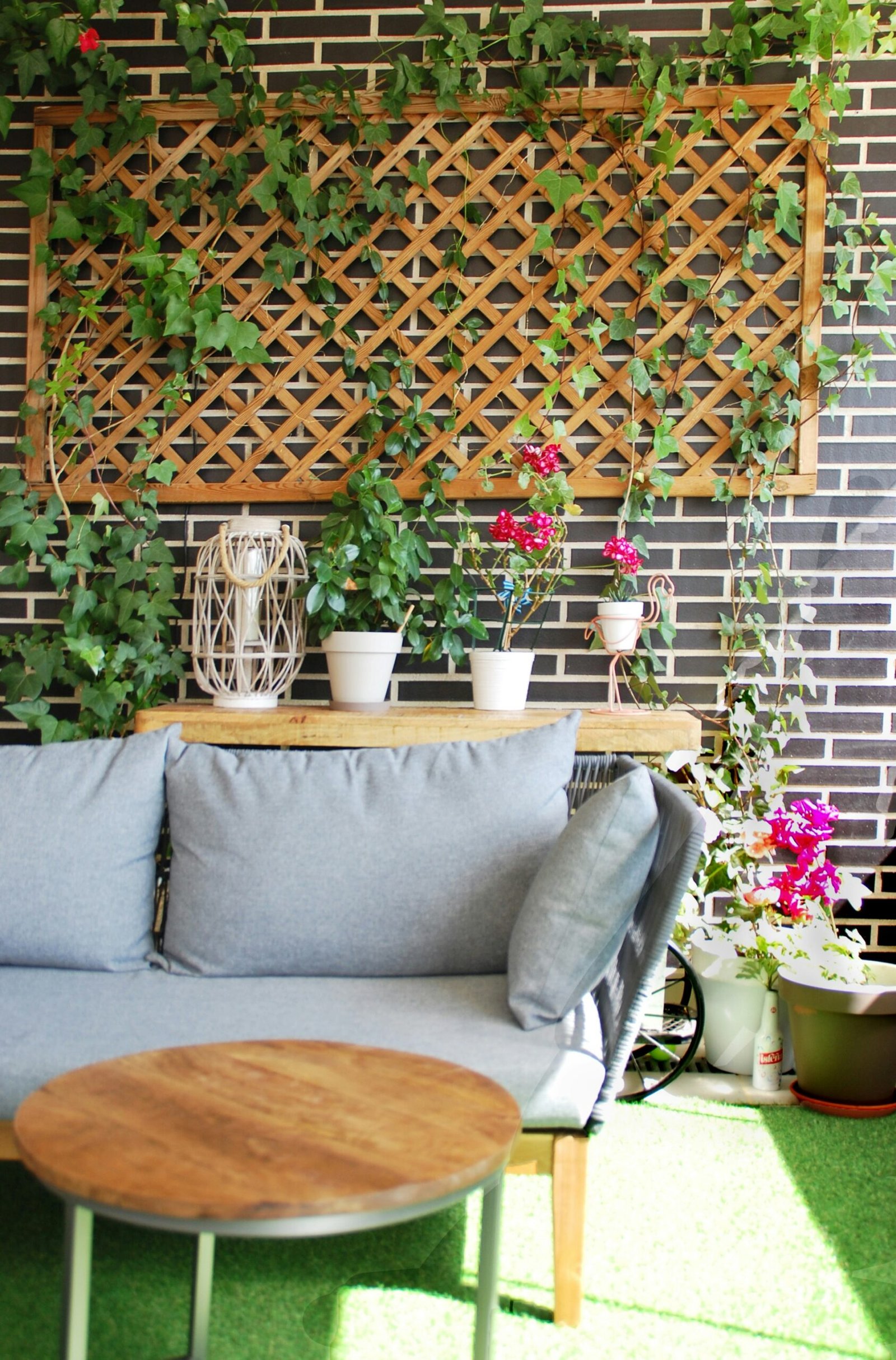Creating a serene and tranquil space in your backyard can do wonders for your mental and emotional well-being. One way to achieve this is by designing a Zen garden, a place where you can escape the stresses of daily life and find inner peace. In this article, we will explore the key elements and principles of designing a Zen garden to help you create your own personal oasis.
The Essence of Zen Gardens
Zen gardens, also known as Japanese rock gardens or dry landscapes, originated in Japan and are deeply rooted in Zen Buddhism. These gardens are designed to represent the essence of nature and evoke a sense of calmness and simplicity. They typically consist of carefully arranged rocks, gravel or sand, and minimal vegetation.
1. Choosing the Right Location
The first step in creating a Zen garden is selecting the perfect location. Look for a quiet and secluded spot in your yard where you can create a peaceful retreat. Consider the amount of sunlight and shade in the area, as well as any existing elements such as trees or water features that can complement the design.
2. Embracing Minimalism
A key principle of Zen garden design is minimalism. Keep the design simple and uncluttered, focusing on a few carefully chosen elements. Use rocks or gravel to represent mountains or islands, and incorporate a limited number of plants or trees. Remember, less is more when it comes to creating a calming atmosphere.
3. Creating Balance and Harmony
Balance and harmony are essential elements in Zen gardens. Use the concept of yin and yang to create a sense of equilibrium. Place large rocks or boulders alongside smaller stones, and arrange them in a way that feels balanced and visually pleasing. Consider adding a water feature, such as a small pond or a bamboo fountain, to enhance the overall harmony of the space.
4. Incorporating Natural Elements
To capture the essence of nature, incorporate natural elements into your Zen garden. Use smooth river rocks or pebbles to create pathways or patterns in the gravel. Introduce moss or low-maintenance ground cover plants to add a touch of greenery. Consider adding a small wooden bench or a stone lantern to further enhance the natural ambiance.
5. Engaging the Senses
A well-designed Zen garden should engage all the senses. The sound of running water, the texture of smooth stones, and the fragrance of blooming flowers can all contribute to a calming experience. Consider adding wind chimes, aromatic plants, or a small waterfall to create a sensory oasis.
6. Maintaining Simplicity
Once your Zen garden is complete, it’s important to maintain its simplicity. Regularly rake the gravel or sand to create smooth patterns and remove any debris. Trim and prune the plants to keep them in their desired shape. By keeping the garden well-maintained, you can continue to enjoy its peaceful ambiance.
Conclusion
Designing a Zen garden is a wonderful way to create a relaxing retreat in your own backyard. By embracing minimalism, balance, and natural elements, you can design a space that promotes tranquility and inner peace. Remember to choose the right location, engage all the senses, and maintain simplicity to fully enjoy the benefits of your Zen garden. Start designing and let the serenity wash over you.















